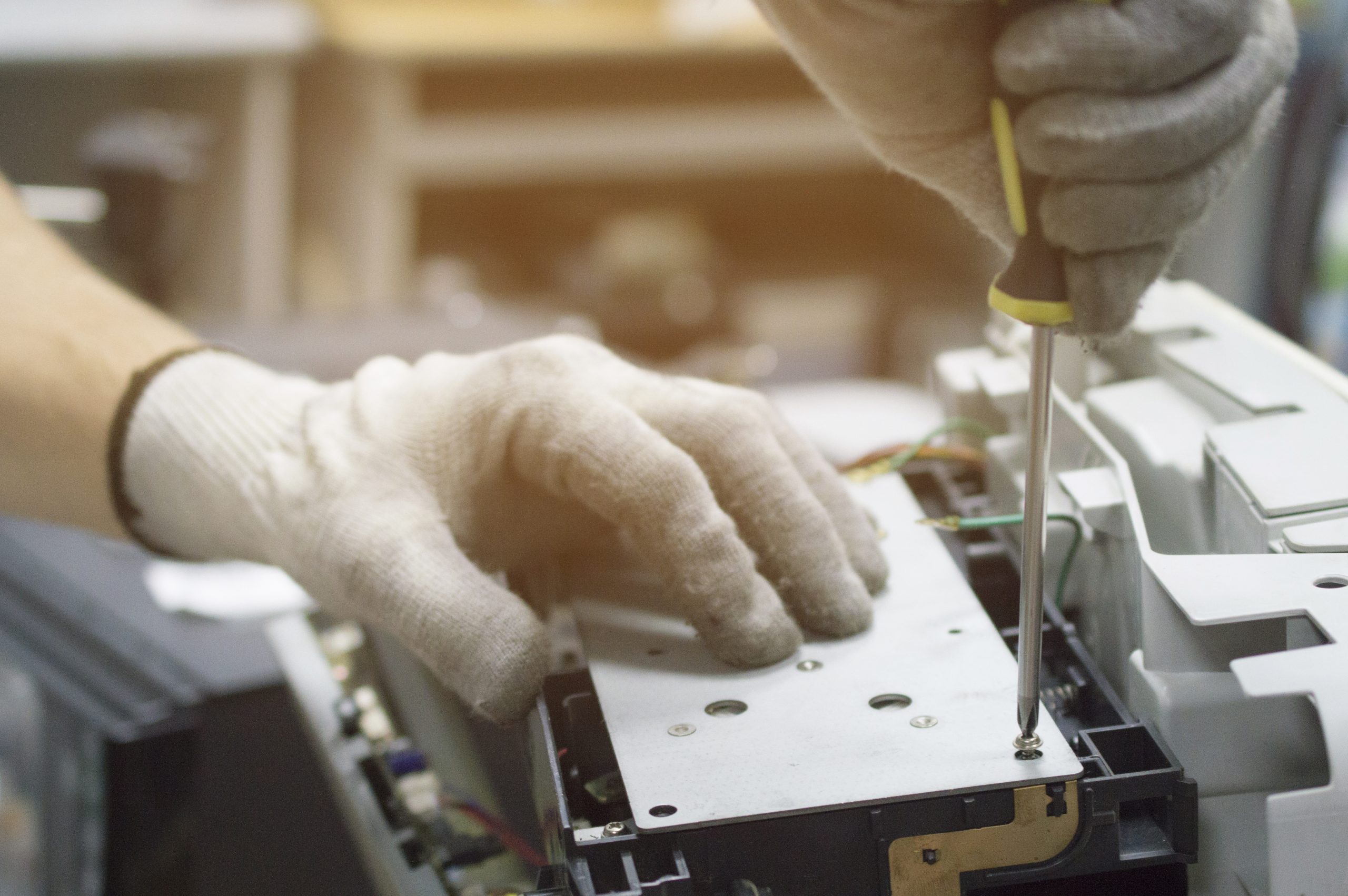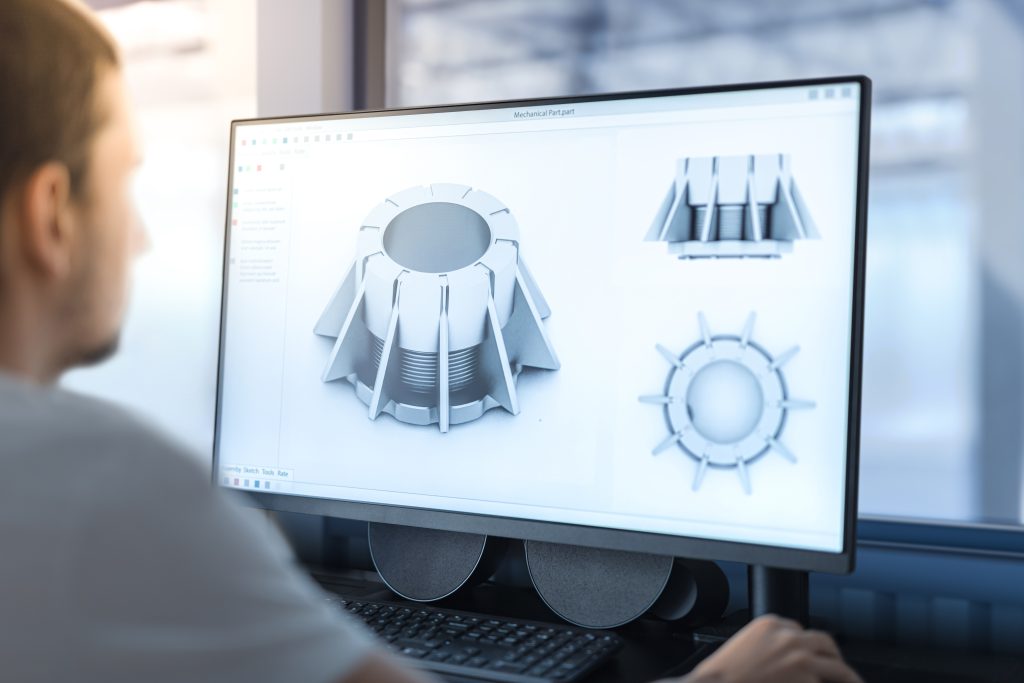
The right to repair movement aims to make it easier for consumers and independent repair businesses to fix products without manufacturer-imposed restrictions. It seeks to reduce environmental impact by extending product lifespans and reducing waste. This is particularly relevant for household appliances, white goods, electronic devices, motors, and other complex machines.
While primarily a consumer rights and sustainability initiative, the right to repair intersects with patent law, particularly in determining whether repairing a patented product constitutes infringement.
Right to repair vs patent infringement
In the UK and the EU, the question of whether repairing a patented product constitutes patent infringement differs across European countries, although some shared principles apply. There is established precedence for improving consumers’ rights with respect to the repair of consumer goods to which the principle of exhaustion of intellectual property (IP) rights applies. If a product has been placed on the market by the IP holder, or by a third party with the IP holder’s consent, the exclusive rights to that specific product are typically considered to be exhausted, meaning consumers can use the product as intended. However, there is a fine line between the permissible repair of the product and its “reconstruction” (or “making”), the latter usually constituting patent infringement, which needs to be assessed on a case-by-case basis.
In the UK, guidance on the distinction between repair and reconstruction was offered by the Supreme Court in Schütz v Werit [2013] UKSC 16. Schütz was the exclusive licensee of a patent covering an Intermediate Bulk Container (IBC) containing (a) a large plastic bottle for transporting liquids, surrounded by (b) a metal cage to provide support for the bottle. The patent focused on flexible weld joints. Werit sold the bottle component to a third party, Delta, that Delta then used to replace bottles in old Schütz IBCs, which it then sold. Schütz alleged this infringed the patent as Delta was “making” the protected IBC product, whereas Delta asserted it was merely a repair, and the exhaustion of rights applied.
The Supreme Court presented factors to be considered when deciding whether an activity (i.e. replacement of one or more constituent parts) may be regarded as “making” a patented product and thus infringement of patent. These include the following.
- Whether the replaced component of a product is a relatively subsidiary part of the article.
- Whether the replaced component of the product has a significantly lower life expectancy than other parts of the product.
- Whether the replaced component is physically easily replaceable and in practice relatively perishable.
- Whether the replaced component includes any aspect of the inventive concept of the patent.
- Whether the replaced part has any independent identity from the product.
The bottle was found to be a subsidiary part of the patented product, when viewed as a whole, particularly with respect to a cage component of the IBC. The bottle was also considered to be a freestanding component with a significantly lower life expectancy than the cage, and be easily replaceable. It also did not relate directly to the inventive concept in the patent, i.e. the flexible weld joints. In view of these factors, the court found that Delta’s activities did not constitute “making” a new patented article, and instead that it relates to repair of the original product.
In Germany, similar factors were considered in “Trommeleinheit” [Drum Unit] (court docket: X ZR 55/16, GRUR-Prax 2018, 50 of 24 October 2017). An important factor in this case is whether the replacement of a particular component of an article is usually expected during the working life of the article (in line with point 2 above). If so, a further consideration is whether the technical effect of the invention is reflected in the replaced component (in line with point 4 above).
Other European countries tend to adopt a similar approach to that of Germany, focusing more on whether a replaced component embodies the invention itself. However, it should be noted that whether a specific repair constitutes patent infringement is highly dependent on the facts of the individual case.
EU Right to Repair Directive
The European Union’s “Right to Repair Directive” (EU) 2024/1799 is part of the EU‘s broader sustainability strategy, aiming to encourage consumers to use their goods for longer to prevent premature disposal of otherwise repairable goods. EU Member States must transpose the Directive into national law and apply it by 31 July 2026.
The key provisions of the Directive are:
- Obligation to repair – Manufacturers of products subject to “repairability requirements” (see below) have to repair those products within a reasonable time and for a reasonable cost (or free of charge).
- Non-EU manufacturers – If a manufacturer is outside the EU, its authorised EU representative is responsible for repairs.
- Ban on repair restrictions – Manufacturers cannot use warranty terms, contractual clauses, or hardware/software techniques that impede repair.
- Transparency requirements – Manufacturers must clearly disclose their repair services.
- Access to spare parts and tools – Companies must provide spare parts, repair manuals, software tools, and firmware updates to facilitate repairs.
- Ban on repair refusals – Manufacturers cannot refuse to repair solely because a third party has previously serviced a product.
Initially, the “repairability requirements” outlined in the Directive cover white goods (e.g. household washing machines, dishwashers, tumble dryers, and refrigerating appliances), electronic displays, welding equipment, vacuum cleaners, servers and data storage products, mobile phones, and goods incorporating light means of transport batteries. However, the scope is expected to be expanded over time.
EU Directive vs IP rights
The Directive provides minimal guidance on IP rights, setting the stage for potential conflicts with patents, trade marks, design rights, and copyrights. Notably, the Directive does indicate that a desired outcome is to “encourage competition and benefit consumers with better services and lower repair prices”, which may indicate a more pro-consumer view with respect to repairing products, potentially weakening IP rights holders.
Conclusion
The right to repair is reshaping the intersection of consumer rights, sustainability, and intellectual property law. While the exhaustion of rights principle permits repairs, the boundary between legitimate repair and infringing reconstruction remains a contentious issue – one that the EU’s Right to Repair Directive does little to clarify in relation to IP rights.
As the Directive comes into force, businesses can expect greater scrutiny over their repair policies, licensing models, and IP enforcement strategies. Whether the Directive fosters a more competitive repair market or creates greater legal uncertainty will ultimately depend on how European courts, including the Unified Patent Court (UPC), interpret the Directive in the years ahead.


